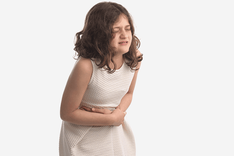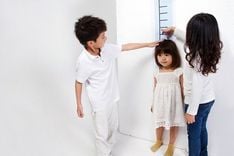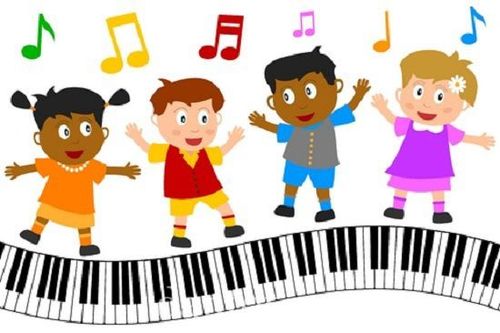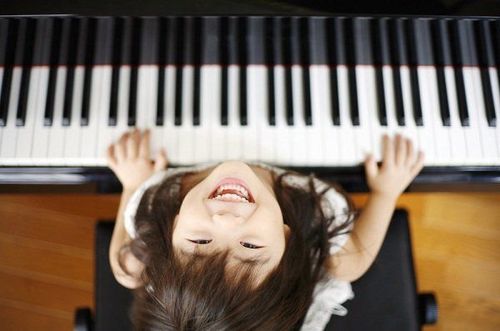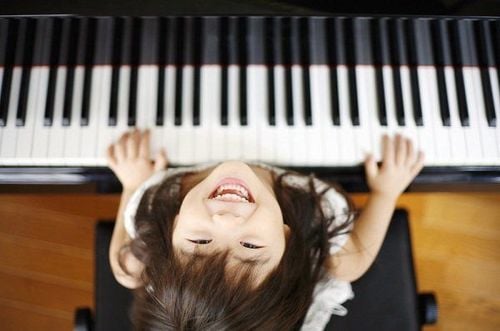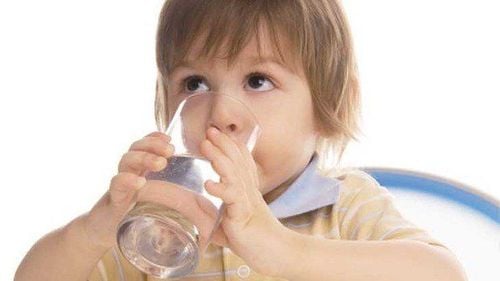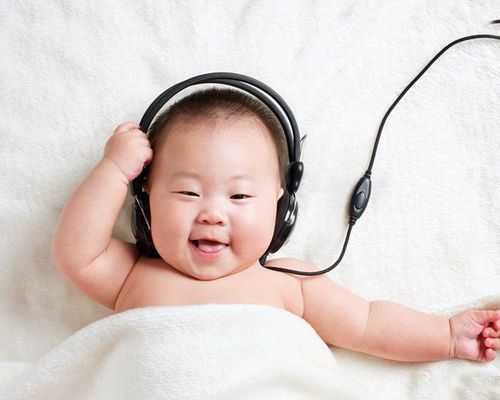This is an automatically translated article.
The article was written by Bachelor of Arts Tran Thu Hien - Music Therapy Technician, Unit of Regenerative Medicine Clinic and Educational Psychology.To be able to help children develop skills with reasonable activities, we must understand the age characteristics as well as the musical ability of children in that age.
For children from 0 to 6 years old
1. The role of music for young children
Music is a means to help us entertain, relieve stress, a way for us to learn, develop our emotions, express our national culture.... These are just a few of the many. benefits that music brings in our lives. In the first years of life, intellectual and physical development is always a matter of concern for parents, and these are also two of the many benefits that music can bring to children.1.1 Music is a means of promoting children's intellectual development. Music perception is closely linked with children's observational and sensitive development. Children focus on listening to music, compare sounds, become familiar with the expressive meaning of that sound, and remember the characteristics and properties of musical images.
While practicing singing, children not only acquire melody, rhythm, lyrics, but also develop language (accurate pronunciation, expression, expand vocabulary) ...
>>> When Can children learn music?
1.2 Music as a means of contributing to physical development Music is considered as the best ability for ear training.
Movement to music helps children to operate steadily, with gentle and flexible running steps.
Singing is related to physical development, strengthening the vocal organs, breathing deeply, avoiding stuttering, and promoting the function of the radio and respiratory organs.
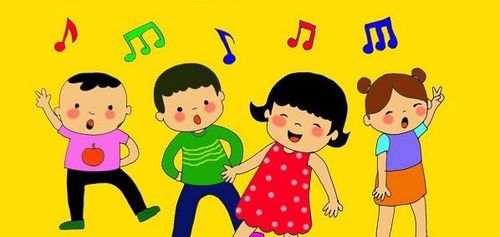
Âm nhạc được coi như là khả năng tốt nhất để luyện tai nghe
2. Age characteristics and musical ability of children (from 0 to 6 years old)
2.1 Children under 1 year of age Newborns know how to hear when there are noises around. 10-12 days after birth there is a response to sound. 2 months old begin to listen to voices. 4-5 months old can distinguish sounds. (speech – things – sounds) 6 months old baby can move to or crawl to the place of sound. There are manifestations of response to sound properties such as listening to music, stopping crying when listening to lullabies... Children 9 months to 1 year old can babble along with adults (ability to pay attention to sounds). very short). So at this stage, no matter how bad your singing ability is, do not hesitate to regularly hum the tunes in front of your children. Singing softens words a lot and slows down the speed of speech.In addition, the repetition of a tune easily imprints on the baby's mind, making the baby absorb words faster. Poetry, rhyme, rhyme ... with simple rhymes, easy to memorize, easy to remember are the best genres to attract children to listen.
2.2 Children 1-2 years old Cheerful and healthy songs are easy for children to feel, enjoy and pay attention to listening to music.
Start singing along with the words at the end of the verse, music period.
Children know how to stand, walk, stomp, clap, hold, shake a bell, wave a hand. but children do not yet know how to combine movement with music (It takes a process of repeating a movement many times before the child can react.)
Knows how to feel the timbre of voice and singing of family members and know how to respond to show affection such as singing along to a few short sentences or waving, stomping, bouncing, clapping to the music.
2.3. Children 2-3 years old Children feel some musical strokes and children sing along with adults, showing their appreciation of music such as waving hands ...
Children can distinguish the height - low, big - small, long - short of sound.
Can sing along with adults or repeat a few short sentences.
Children walk more steadily, show interest in music through movements such as swaying, stomping, clapping, bouncing to the rhythm, running in circles to the music and can repeat a movement to a beat certain tune.
Let children listen to the sound of musical instruments, percussion instruments on materials (harp, bamboo beat, dice, coconut shell...).
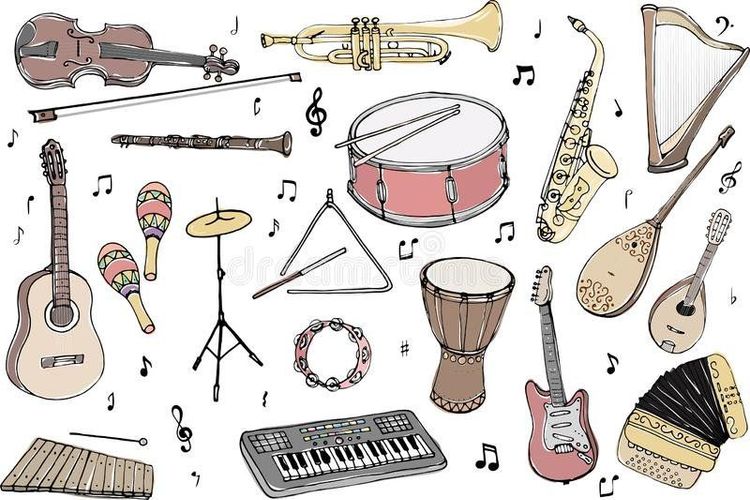
Bạn có thể cho trẻ nghe âm thanh của các nhạc cụ, dụng cụ gõ trên các chất liệu (đàn, phách tre, xúc xắc, gáo dừa...).
2.5. Children 4-5 years old Children can identify the direction of movement of melodies, vocal timbres, musical instruments Distinguish musical properties: cheerful, quiet, quiet, vibrant... Able to concentrate pay attention when listening, show little but remember and often talk about the content of the song. Having the right singing posture, singing boldly and naturally, singing clearly, with the right sound, knowing how to breathe when singing. Children understand the requirements to perform songs, dances, children have the ability to memorize. Children's interest in musical activities begins to differentiate: children may like to sing, dance, or play musical instruments Basic motor skills have been completed. Children who know how to do coordinated movements with their friends know how to dance in formation, richer movement and dance movements, know how to change simple formations, dance with flute feet, cross-legged kicks... 2.6. Children 5 - 6 years old Children's music listening experience is cumulative. Children understand the general nature, clearly show the choice of songs they like and can explain why they like to listen to that song. Children have the ability to distinguish and compare the signs of means of musical expression: pitch, length, rhythm, melody... and even the change of nuances and emotions. Children's musical perception has an orientation: knowing how to choose songs, genres... Knowing how to keep a beautiful and graceful singing posture, knowing how to take breath to sing correctly and clearly, singing in harmony, expressing the right melody , the right rhythm of songs with different styles and properties. Children perform flexible dance. Children know how to coordinate movement with musical properties. Perform dance moves in pairs, each foot jumps forward, move in circles, know how to open and narrow circles, think of own movements, and coordinate the whole body with movements. hand and foot.
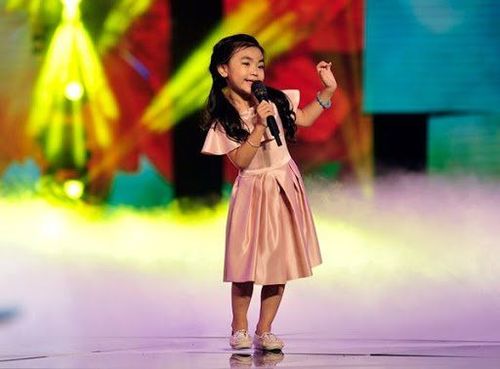
Trẻ 5-6 tuổi đã biết giữ tư thế hát đẹp duyên dáng, biết cách lấy hơi hát đúng và rõ lời
Please dial HOTLINE for more information or register for an appointment HERE. Download MyVinmec app to make appointments faster and to manage your bookings easily.

